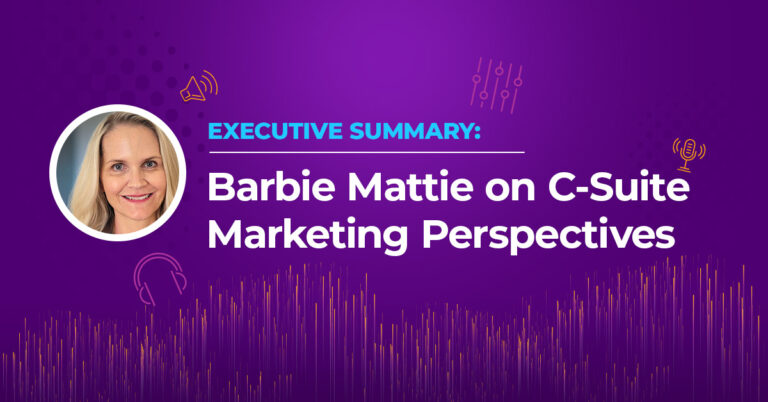Our team was flipping through Netline’s 2023 B2B Content Consumption Report a couple of weeks ago, and was particularly interested in their data on the popularity of different content assets. Basically, the report revealed a slight decline in the popularity of ebooks (though they remain the most popular format), while guides and research reports are on the rise.
Then, someone asked the obvious question: What’s the difference between an ebook, a guide and a report anyways? This isn’t the first time we’ve grappled with this distinction. Last month we were debating how to divide our resource center on the website, and came up against the same issue.
I don’t think this is just an Iron Horse question. Many marketers don’t think about what these terms mean until they’re facing down a new content asset and deciding how to promote it. Ultimately, it comes down to reader expectations. Beyond technical definitions, these content labels carry with them connotations. Is your content practical? Serious? Does it teach something specific?
The difference between ebooks, guides and reports—so you can decide what to call your content assets.
First of all, ebooks and reports are content formats. Guide refers to the type of content.
Content format. The house or packaging of the content. I.e. ebook, blog, webinar, infographic, listicle etc.
Content type. The purpose of the content. I.e. guide, instructional, thought leadership, etc.
As you can imagine, there’s quite a bit of overlap here. That’s why, if you’re browsing an organization’s resource center, you might see the same content pop up under multiple labels. This isn’t necessarily a problem … but it is confusing. Here’s my thought process when I’m deciding what to call different pieces of content.
When to call it an ebook.
Originally, ebooks were exactly what the name suggests—”books” in an electronic format. They were designed to be read from start to finish and often provided comprehensive information on a particular topic. Ebooks were often text-heavy, but they could also include images, graphs, and other multimedia elements.
However, today the concept of an ebook has evolved. Nowadays, ebooks are highly visual and come with a designed “cover.” They can be quite short, but typically have “chapters” or at least different content sections. According to Netline’s research, ebooks appeal to audiences at all stages of the buying journey, which is particularly fascinating, as the content format doesn’t say anything about its content type. I suspect ebooks remain the most popular content format because people expect them to be easy to consume.
“eBooks are the ultimate utility in content marketing offering a wide range of uses. From client featurettes to thought leadership, they can be used to present anything a business wants to feature.” Netline
At Iron Horse, when we release a survey report in the form of an ebook, we’re providing a fairly high-level look at our findings and what they mean for our audience of marketing and sales leaders, rather than a comprehensive presentation of the data. In essence, ebooks have evolved to become a flexible format that can be used to convey a variety of content types and styles beautifully.
When to call it a report.
I consider reports as a content format to provide unbiased insights written without a sales or marketing intent. Unlike ebooks or guides, reports tend to be more data-driven and less focused on visuals. While they may include charts, tables, and other data visualizations, these are usually there to provide context and support for the report’s conclusions, rather than to add visual interest.
When to call it a guide.
When it comes to guides, the goal is to teach readers about a specific topic or provide them with a set of instructions. Guides aren’t restricted to a single format, but can be presented as ebooks, blog posts, or even videos. This means you could have a piece of content that is both ebook and guide, which does complicate the Netline results a little.
“Guides are primarily positioned to establish authority. This format is designed to walk a reader through a topic or procedure step by step from start to finish.” Netline
While deciding whether to call your guide a guide or an ebook wouldn’t necessarily change your content, it could have an impact on your CTA. “Download our ebook” may have different results than “Download our guide.” This is a great variable to test in your next nurture or content syndication campaign!
Just remember that your audience will probably have specific expectations when reading something promoted as a guide. Make sure they’re learning something from that content, regardless of its final format.
The Iron Horse insight.
Netline’s content engagement research demonstrates that people like ebooks, but that popularity may be declining slightly for the term. (This may not be the case for your audience—you should always review your own content metrics to understand which content assets your buyers and customers prefer.) In the end, it’s a catchy name.
Ultimately, any content marketer’s goal is to provide valuable content in the format your audience prefers. So, whether it’s an ebook, a report, or a guide, make sure it’s clear, relevant, and addresses your audience’s needs.



